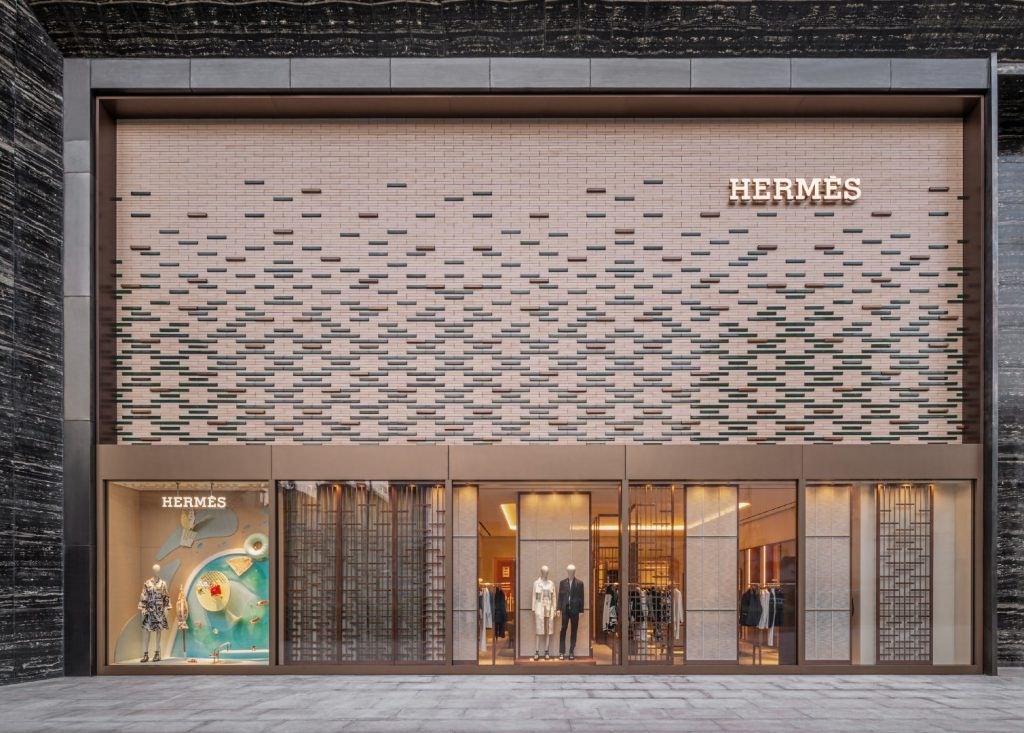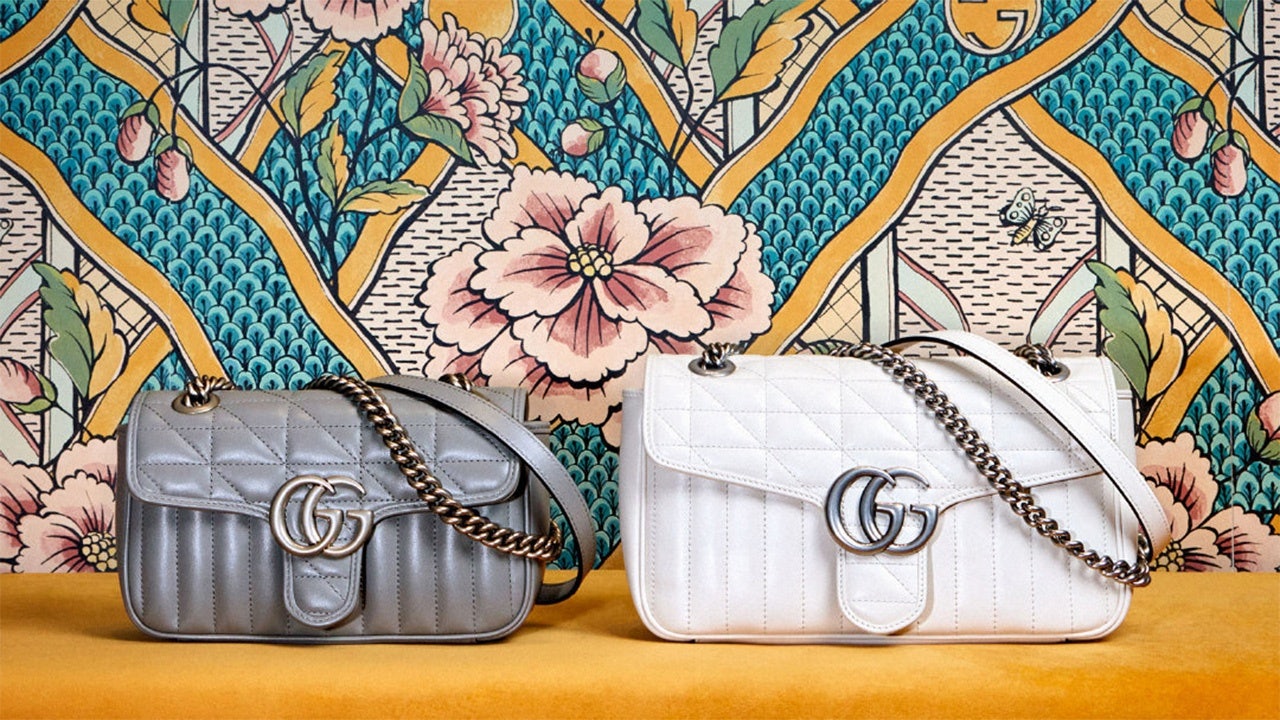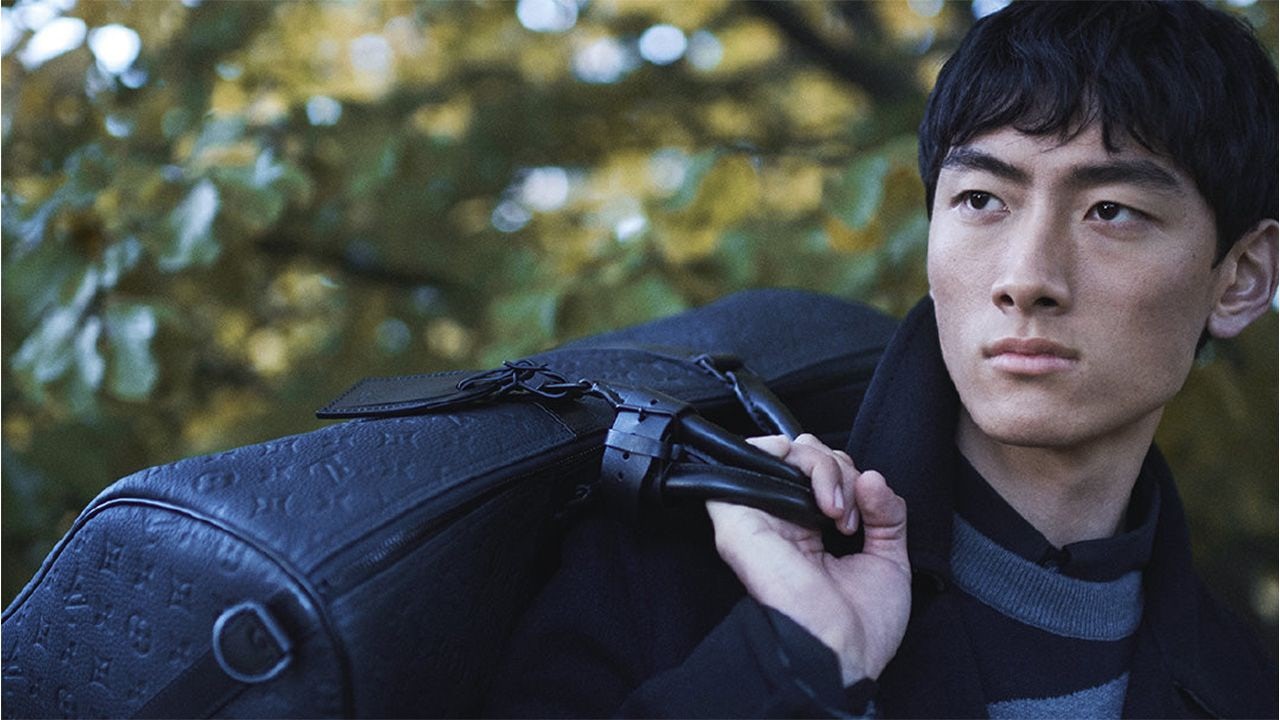The tables have turned from when China was leading luxury growth for high-end houses last year. Now, the reopened markets of the US and Europe are seeing plenty of revenge spending — and making the most of it. But fears over China’s Covid resurgence, as well as factors like Russia’s war against Ukraine and rising inflation, are spooking investors.
LVMH#
Global sales in the quarter ending March hit 19 billion (127 billion RMB), up 23 percent (comparable growth) for the French luxury conglomerate. But revenue would have been even higher if not for the negative impact in March of new COVID-19 restrictions in China.
This was manifested in LVMH’s Asia (excluding Japan) segment, where sales only managed an anemic performance: a single-digit rise of 8 percent. The year-on-year growth in the same quarter last year was 86 percent. Asia was the only region not to see double-digit gains in Q1: the US grew 26 percent; Japan 30 percent; and Europe 45 percent. The end result was that Asia’s share of LVMH’s sales dropped from 41 to 37 percent in the period.
The flagship Hennessy cognac brand, a favorite in China, was down 18 percent on its global sales volumes: squeezed by supply and logistics constraints on the one hand (especially in the US) and multiple Chinese factors which, apart from COVID’s resurgence, included the unfavorable timing of Chinese New Year. Sephora too, while rebounding, was hit by reduced store traffic on the mainland. And travel retailer DFS is still counting the cost of missing Chinese consumers in its stores in Hong Kong and elsewhere in Asia, as well as in La Samaritaine in Paris.
LVMH’s overall improved financial performance sent its share price upwards after the results were revealed on April 12. However, since then it has tumbled. In the past month the stock is down 12 percent and year-to-date it has fallen 23.6 percent.
Hermès#
The group’s first-quarter consolidated revenue reached 2.9 billion (19.5 billion RMB), up 27 percent at comparable exchange rates — with the most dynamic sales coming from the group’s own stores, especially in America and Europe (excluding France). Both markets over-performed the average with 44 percent growth.
It was a different story in Asia (excluding Japan) where an underwhelming uplift of 20 percent was the result of a mix of factors that were not in the mix last year. Only Japan grew less at 17 percent.
The company said it had benefited at the beginning of 2022 from “a very good Chinese New Year” and from “sustained activity, especially in Thailand, Singapore, and Australia.” But Hermès added in a statement: “Since mid-March, Greater China has been penalized by new health restrictions and some store closures, particularly in Shanghai and Shenyang.”
The brand’s stores in Pacific Place in Hong Kong and One Central in Macau reopened after renovation in January and February respectively, while a new store opened in Zhengzhou at the end of March, marking the first Hermès store in the province of Henan. In March, the company also held a "Hermès Fit" event in Bangkok, Thailand, highlighting fashion accessories themed around sport. It followed events in New York and Paris.

Among Hermès’ product segments, the best growth came from watches — up 62 percent to 141.55 million (950.58 million RMB) — followed by the brand’s number two category of ready-to-wear and accessories (which includes belts, costume jewelry, gloves, hats, and shoes). It grew by 44 percent to 750.4 million (5 billion RMB), catching up to leather goods/saddlery’s 1.27 billion (2.3 trillion RMB) in the quarter.
Hermès’ share price has been on a downward trend since its results announcement (on April 14) and may dip below the 1,000 (6,700 RMB) mark, something not seen since April 2021. In the past month the stock is down 19.5 percent and year-to-date it has fallen 32 percent.
Kering#
The owner of Bottega Veneta, Gucci, and Yves Saint Laurent opened the year with first quarter group revenue of 5.24 million (35.1 million RMB), up 21 percent on a comparable basis. However, the weakest growth for Kering came from its biggest money spinner — Gucci — at just 13 percent, contributing 2.75 billion (18.4 billion RMB) to the pot.
YSL had the strongest quarter with growth of 37 percent to 780.6 million (5.2 billion RMB), though all Kering’s houses posted double-digit revenue growth. Other notable risers were Balenciaga, and Kering’s eyewear division.

Kering said that Gucci’s performance was “solid” but admitted Asia Pacific was a more “mixed” picture due to Covid lockdown measures at the end of Q1, notably in mainland China. In fact, the region was flat and did not deliver any growth in Q1 — whereas Western Europe was up 75 percent and North America up 42 percent.
CEO François-Henri Pinault commented in a statement: “Gucci’s strong showing in North America and Europe was overshadowed by its exposure to China, where we are boosting its organization to fully capture the vitality of the market. We opened 2022 on a very solid first quarter (but) in a more uncertain environment, notably impacted by tightening Covid restrictions in China since March.”
Kering’s results (released April 21) were not well received, possibly due to Gucci’s slow pace. Since then the stock has fallen to below 528 (3,545 RMB) for the first time in about two years. Over the past month the shares have slipped by 16 percent and year-to date they are down 35 percent.

